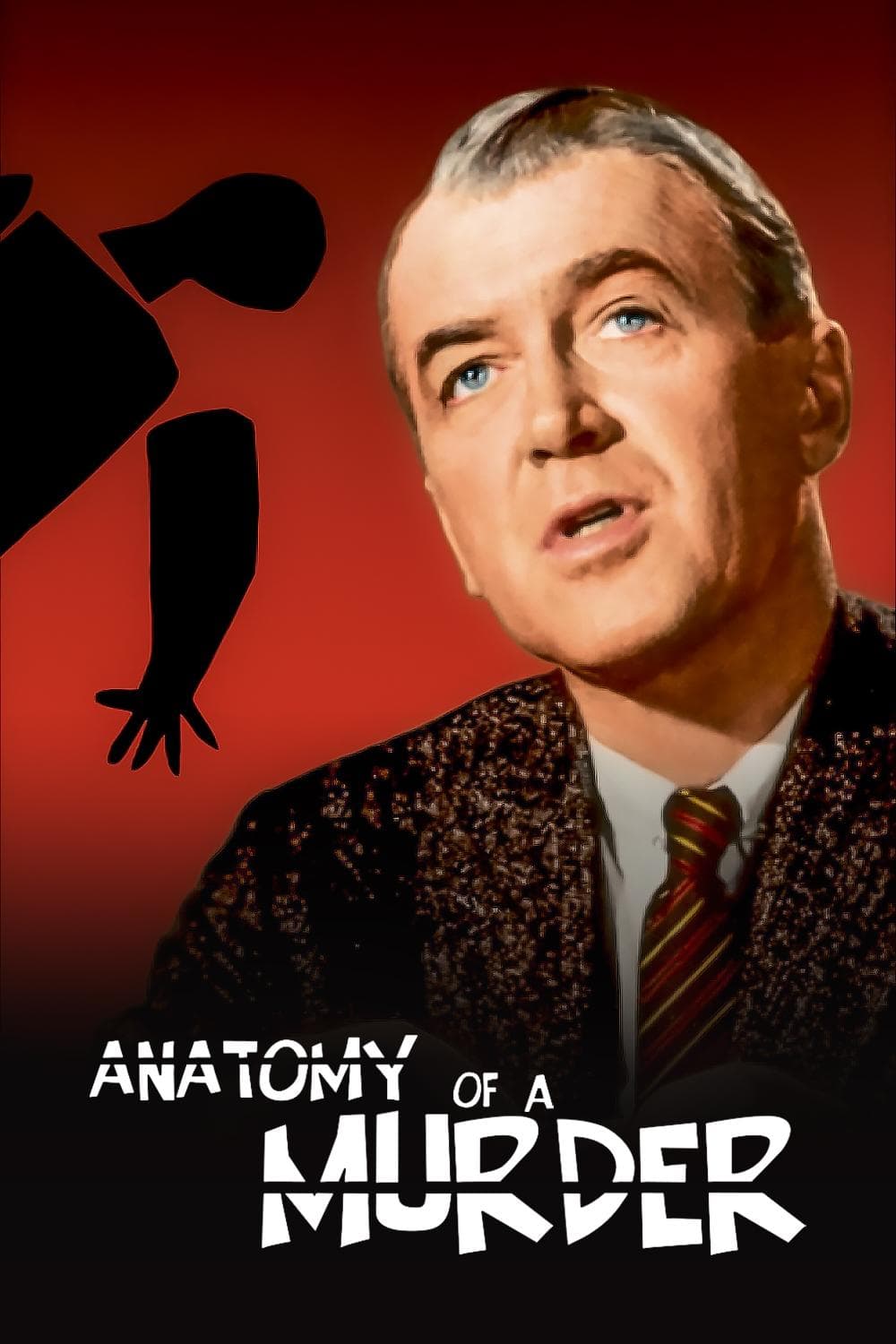
Anatomy of a Murder
1959
Rate this movie
Average: 5.00 / 5
(1 votes)
Director
An engaging courtroom drama for Otto Preminger, which benefits from the measured and subtly tormented acting of James Stewart as Paul Biegler, a provincial lawyer whose hitherto quiet life is irrevocably shattered by his defense of an army lieutenant, Frederick Manion (an enigmatic Ben Gazzara), accused of murdering a bartender. Preminger, a master at navigating Hollywood censorship and dissecting social hypocrisies – as already demonstrated with The Moon Is Blue or The Man with the Golden Arm – here raises the bar even higher, not only for the gripping plot, but for the courage with which the film delves into sensitive themes such as rape and violence, and for its use of frank language, revolutionary for its time. The film became a veritable case study in the loosening of the rigid Production Code, challenging conventions and paving the way for more adult and uninhibited storytelling.
During the trial, which occupies the predominant and most gripping part of the work, lawyer Biegler realizes that his client is not at all the person emerging from the court documents, a distorted and simplified image that clashes with complex and ambiguous human reality. He thus finds himself facing not only a dilemma of conscience, but a veritable ethical abyss, a confrontation with the very nature of truth in a judicial system where reality is constructed and deconstructed through dialectical skill and strategy. The portrait that emerges of Biegler is that of a seasoned but not cynical man, whose integrity is put to the test not so much by the desire to defend a guilty party, but by the need to manipulate perceptions and laws to achieve a favorable outcome, regardless of objective truth, which remains an unreachable mirage.
The sensation of a force subterraneously infused into the work powerfully rises from the bare logos, from the vis rhetorica of a lawyer who, with words, subverts social dictates and their rigid frameworks. It is not just cheap rhetoric, but the almost surgical employment of legal language, its ability to bend nuances and insinuate doubts, that proves to be the true engine of the action. The script, penned by Wendell Mayes and based on the eponymous novel by John D. Voelker (under the pseudonym of Robert Traver), a real-life Michigan judge, is a masterpiece of verbal precision, imbued with a procedural realism that makes every exchange in the courtroom a duel of wits and subtleties. It is through words that the characters reveal or conceal their true intentions; it is in the interplay of interrogations and cross-examinations that the fragmented and manipulable nature of justice is unveiled, a concept that Preminger explores with disarming lucidity.
Preminger performs a kind of decomposition of the ethical plane into a labyrinth of mirrors: on one side, the morality of convention, of bourgeois respectability; on another, that of convenience, of legal strategy aiming for victory at all costs; and on yet another, that of truth, which remains elusive, perhaps even irrelevant in the face of the mechanism of law. The film forces us to confront the bitter realization that the final verdict does not necessarily coincide with justice or absolute truth, but is rather the result of skillful dialectical construction, a triumph of persuasion. The actors' performances contribute to this ambiguity: James Stewart offers one of his most layered performances, moving away from his usual "nice guy" archetype to portray a weary but astute man; Lee Remick, as the fascinating yet unsettling Laura Manion, is a concentration of sensual ambiguity and potential victim; while George C. Scott, in the role of prosecutor Claude Dancer, is a perfect counterpart, aggressive and relentless.
The courtroom sequences, the pulsating heart of the film, are highly effective and always of great dialectical tension. Filmed entirely on location, in Michigan's Upper Peninsula, between the real courthouse and local settings, the film acquires an almost documentary authenticity. Preminger's direction, with its long takes and detached yet always attentive approach, fully immerses us in the courtroom, making every silence, every gaze, every pause palpable. Decisively contributing to this unique atmosphere is Duke Ellington's extraordinary soundtrack, innovative and pioneering for its time. It was the first time an African-American composer had scored an entire Hollywood film, and his vibrant and dissonant jazz music is not mere accompaniment but an intrinsic narrative element that underscores the tension, nervousness, and moral ambiguity of the story. Even the opening credits, designed by Saul Bass, with their anatomical stylization, prepare the viewer for a dissection not only of a crime, but of the human soul itself and the system that seeks to judge it.
A great film that, unfortunately, is sometimes buried in the oblivion of the past, perhaps overshadowed by its own acute procedurality or the lack of explicit melodrama that often catalyzes attention. To this work we intend to grant the proper recognition it deserves, acknowledging its discrete but profound influence on the legal drama genre, laying the groundwork for future explorations of legal and moral complexity as in To Kill a Mockingbird.
It is a work sharp as a blade that pierces the minds of its characters, and with them, that of the viewer, bringing to light every most hidden content: unconfessable impulses, psychological defenses, necessary lies, and uncomfortable truths. The ending, far from providing easy resolutions, leaves a trail of ambiguity and questions, forcing us to reflect on the illusory nature of justice and the fragility of truth in a world of appearances. Its modernity lies precisely in this audacious indeterminacy, an unsettling warning about human fallibility and the inherent limitations of any system that claims to stand as the guardian of truth.
Country
Gallery
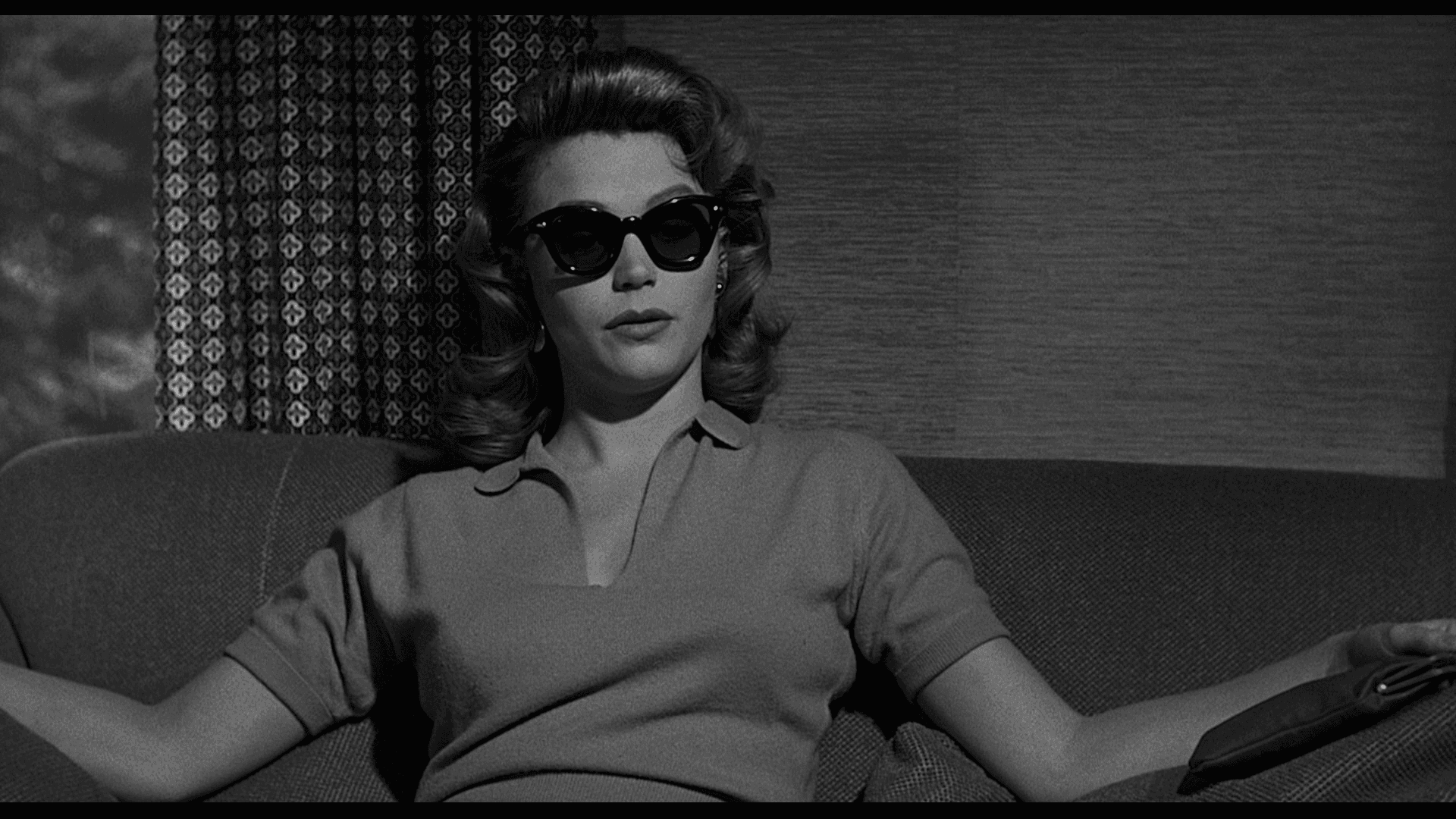
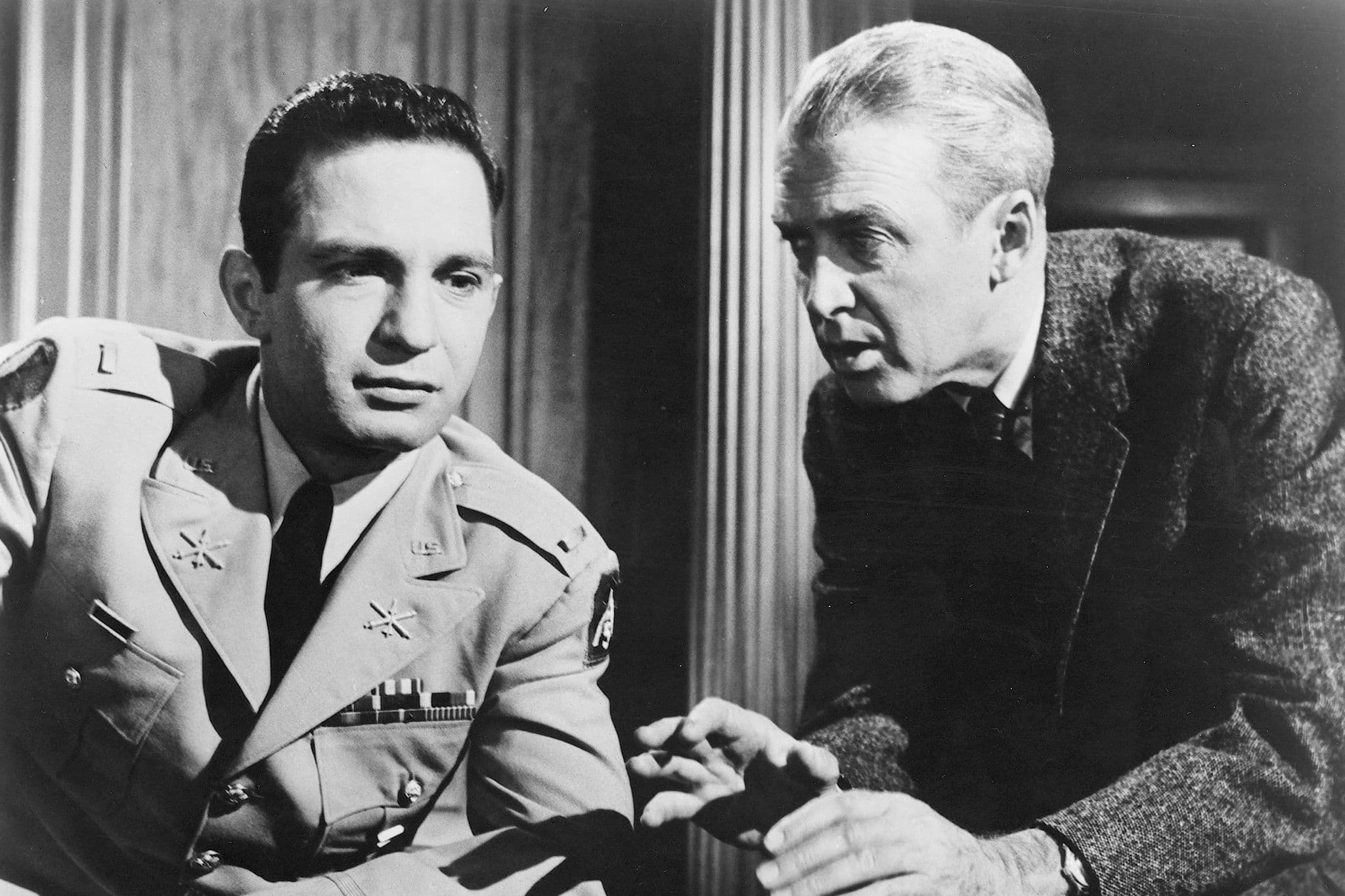
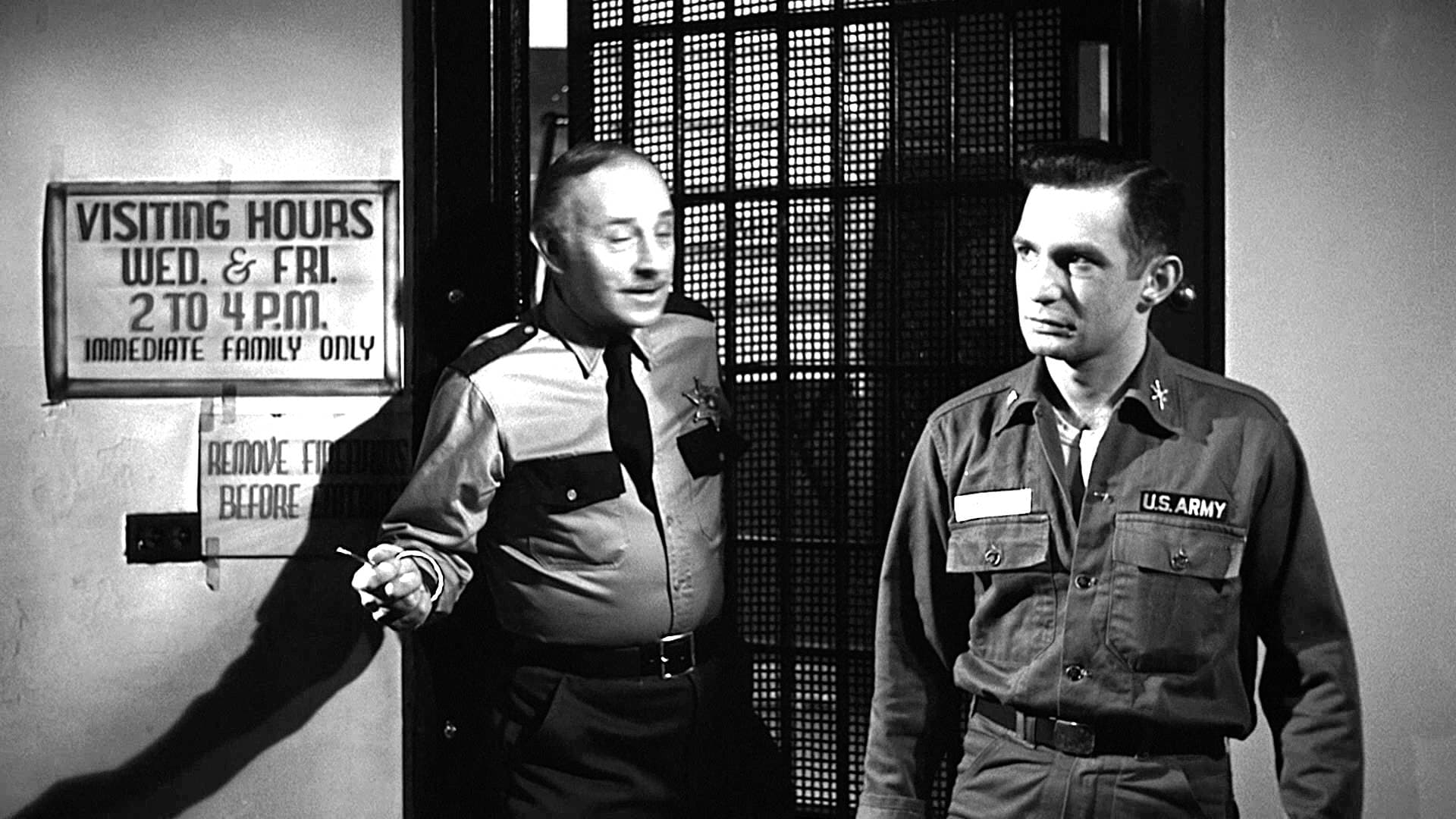

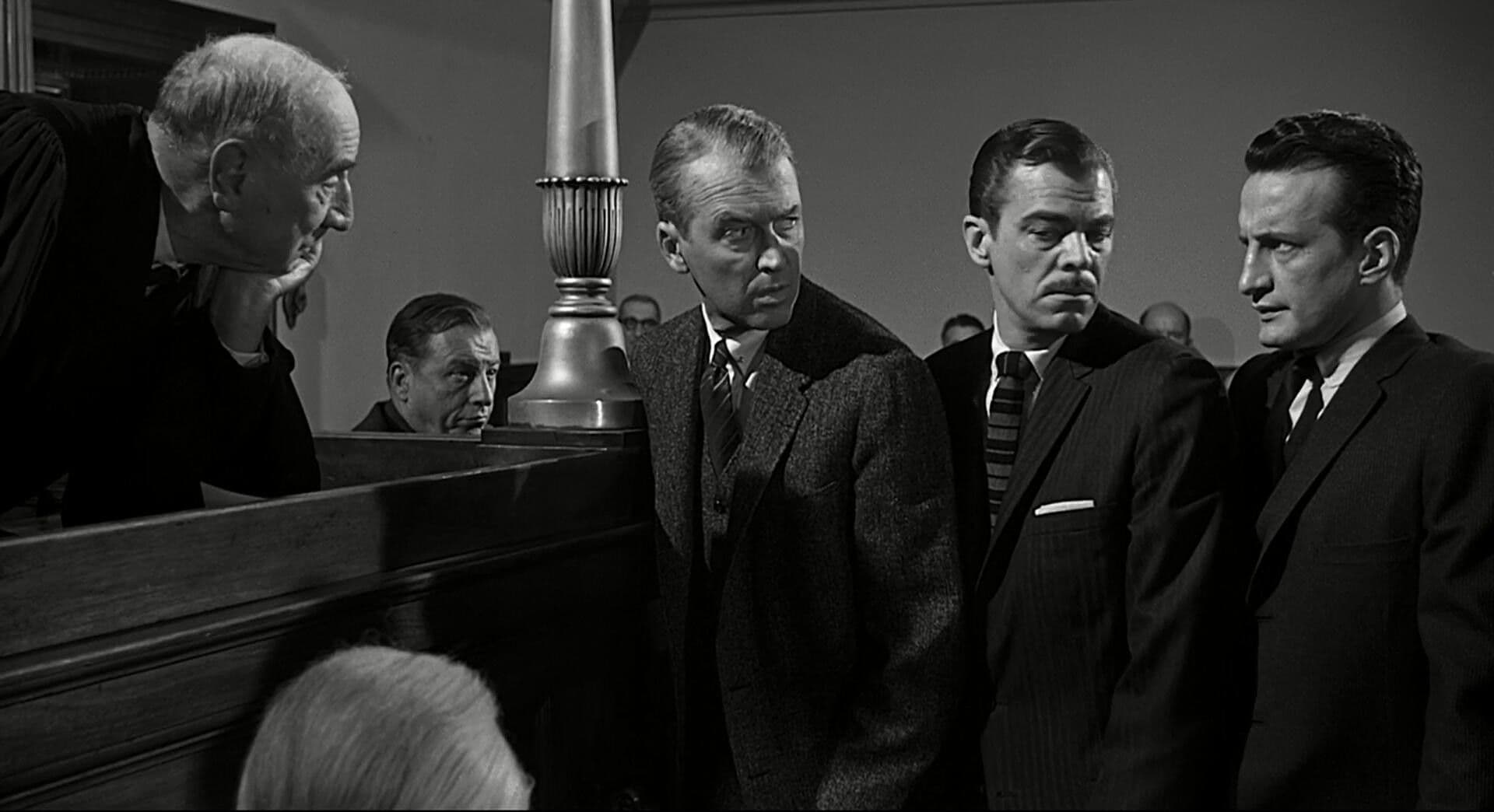
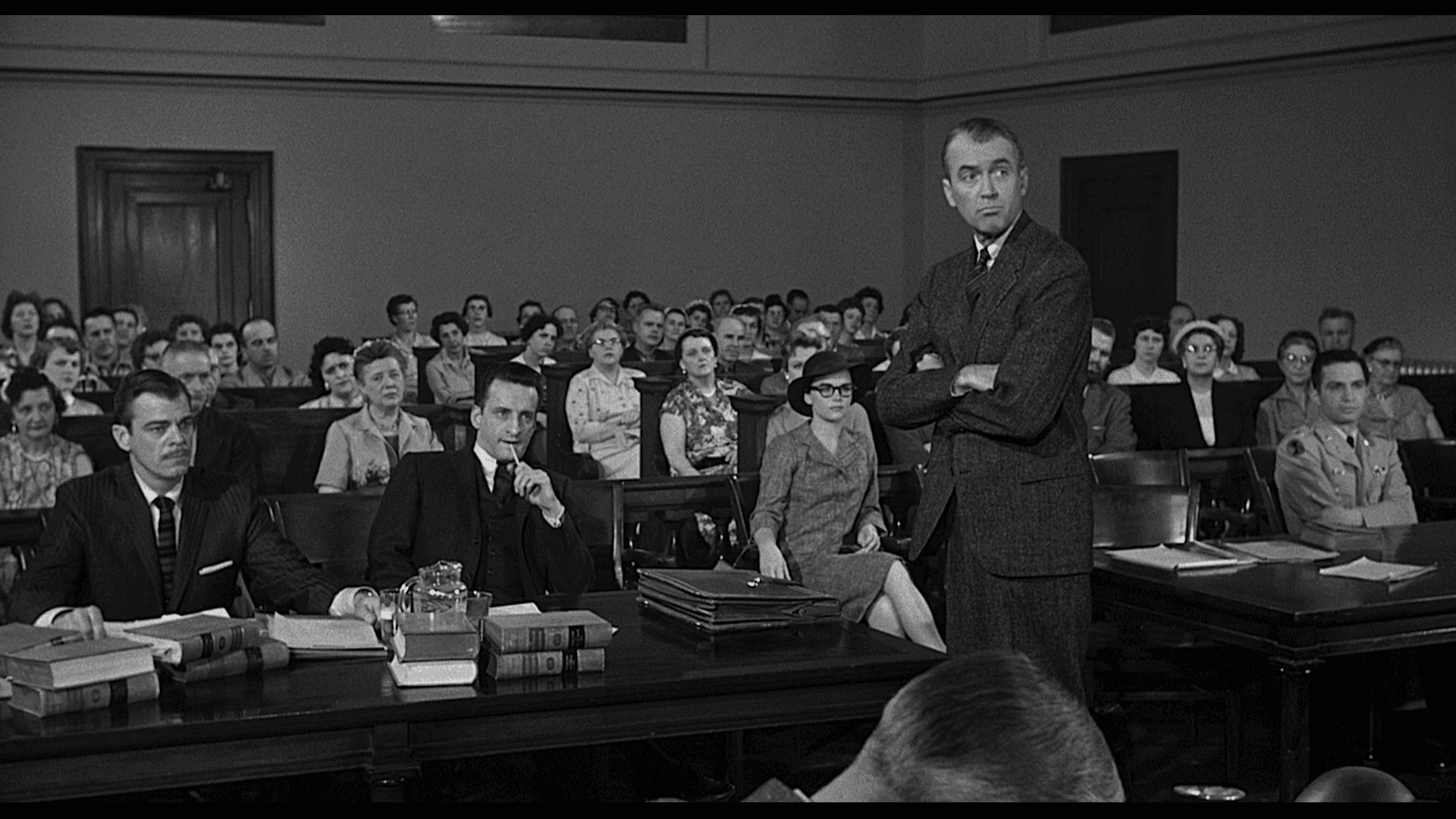
Featured Videos
Official Trailer
Comments
Loading comments...